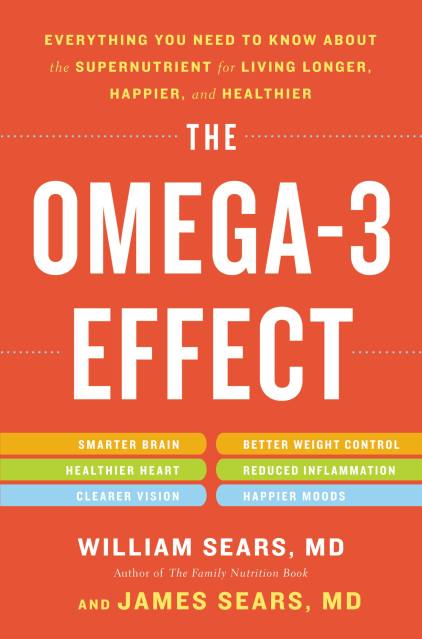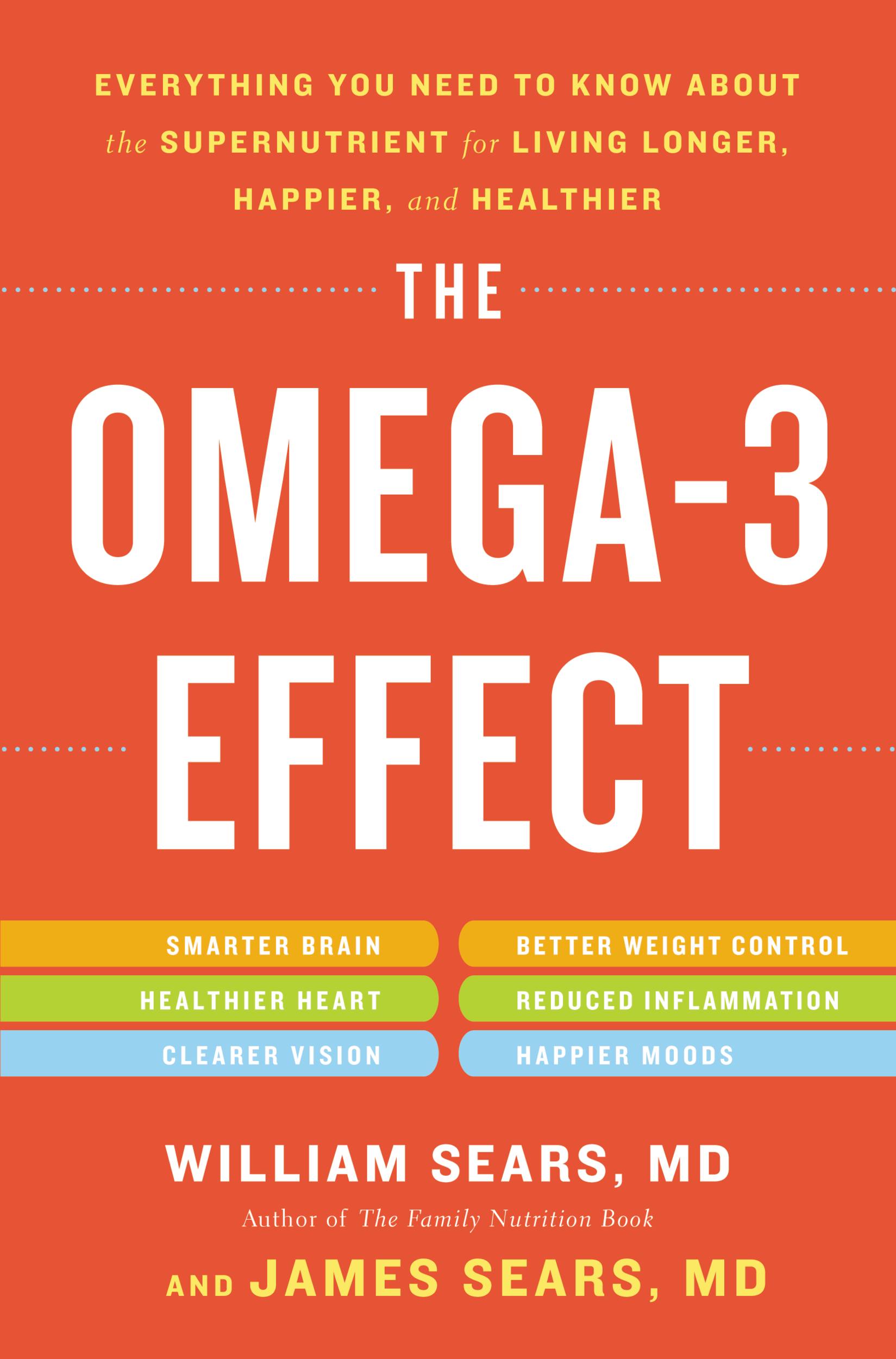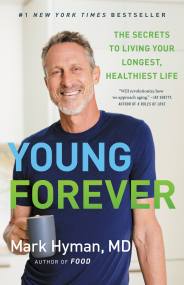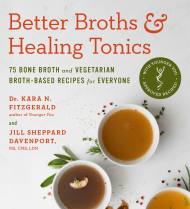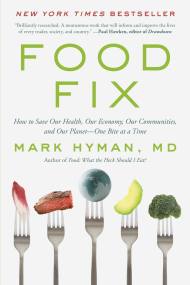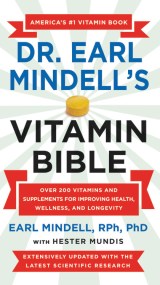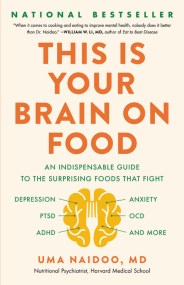Promotion
Use code MOM24 for 20% off site wide + free shipping over $45
The Omega-3 Effect
Everything You Need to Know About the Super Nutrient for Living Longer, Happier, and Healthier
Contributors
Formats and Prices
Price
$5.99Price
$7.99 CADFormat
Format:
- ebook $5.99 $7.99 CAD
- Trade Paperback $17.99 $22.99 CAD
This item is a preorder. Your payment method will be charged immediately, and the product is expected to ship on or around August 28, 2012. This date is subject to change due to shipping delays beyond our control.
Also available from:
We all want to live as healthfully as possible. In The Omega-3 Effect, Dr. William Sears turns his attention to the critical role that omega-3s play in the body. Dr. Sears takes readers through each body system-including the brain, heart, joints, skin, and immune system-and demonstrates how omega-3s are essential to each.
The Omega-3 Effect also offers tips on what foods and supplements readers should incorporate into their diet, as well as several delicious recipes. Written in the wise, accessible tone that has made his books beloved bestsellers, Dr. Sears offers a practical and science-based approach to living a more healthful life.
The Omega-3 Effect also offers tips on what foods and supplements readers should incorporate into their diet, as well as several delicious recipes. Written in the wise, accessible tone that has made his books beloved bestsellers, Dr. Sears offers a practical and science-based approach to living a more healthful life.
Genre:
- On Sale
- Aug 28, 2012
- Page Count
- 256 pages
- Publisher
- Little Brown Spark
- ISBN-13
- 9780316202862
Newsletter Signup
By clicking ‘Sign Up,’ I acknowledge that I have read and agree to Hachette Book Group’s Privacy Policy and Terms of Use
